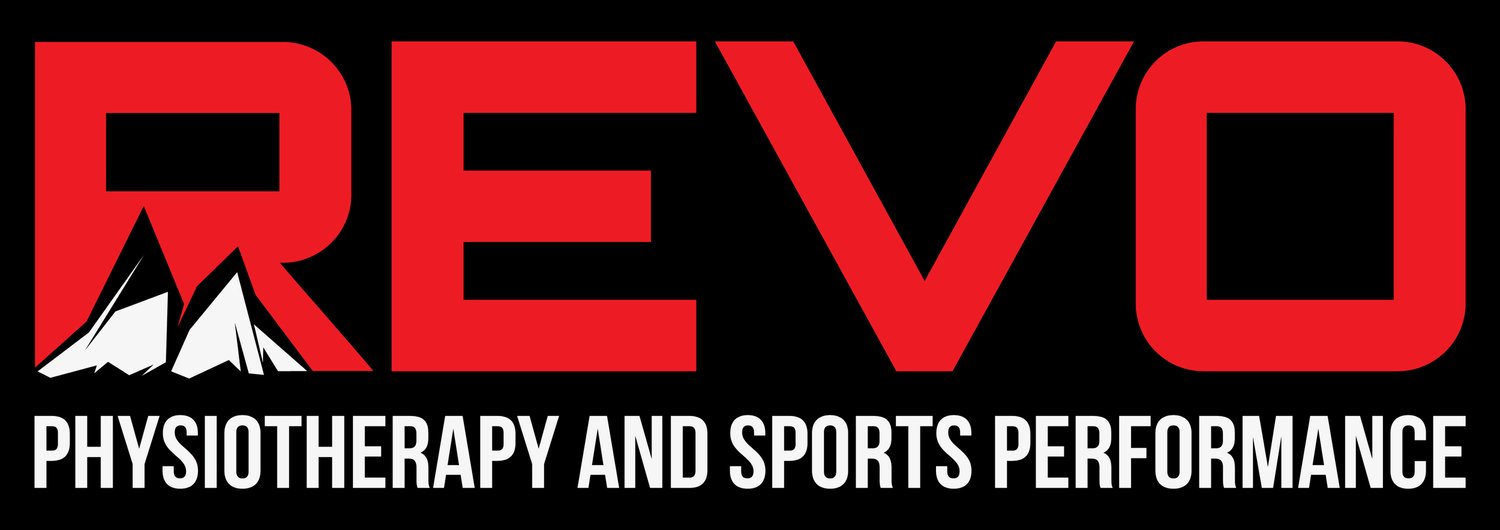Busted: IT Band Syndrome
I don’t remember exactly when I stopped having people “stretch” their IT bands, but I don’t remember exactly when I started, either. What I’m confident of is that I learned to have patients do so purely on suggestion via watching other therapists. Since the earlier days of my career, I’ve seen and heard of people doing everything they can to relieve the symptoms of IT band syndrome: stretch, roll, Rolf, massage, ice baths, heating pads, acupuncture, dry needling, or just plain rest. Try as they might, the symptoms always come back, either the next day, the next week, or the next month. Why is that IT band so pesky? The symptoms are like a cold – they’re never welcome, yet they always seem to come around at the worst time. So what causes them? To know what causes the symptoms, we’ve got to get to the anatomical and biomechanical root of the thing.
Iliotibial band
As you can see from the picture, the iliotibial tract shares a lot of anatomical territory from gluteus medius and maximus, to the quadriceps muscle vastus lateralis, the patella, tibia, and fibula. Covering such a diverse anatomical expanse, the IT band and its corresponding tract can play a role in low back, hip, or knee pain. The IT band isn’t a muscle, and so doesn’t expand and contract as one. It is a thick, dense band of fibrous connective tissue. So if there is a group of symptoms, how do you know what you’re feeling is ITBS? As always, your first stop should be asking a pro you trust, which doesn’t include Google or Web MD. Most common, though, is lateral knee pain that arises with exercise. It has been discussed and disputed that this classic IT band symptom is the result of excessive and repetitive friction caused by repetitive knee flexion and extension. Additionally, other symptoms can be caused by hip abduction dominance of the Tensor Fascia Latae (TFL), commonly rooted in poor motor patterns and gluteal strength.
So you’ve run, cycled, or backpacked your way to the point where you’re confident you’ve got symptoms that match up with ITBS. We like to stretch when things hurt, so why not stretch or roll the IT band? To even begin to stretch or deform the tissue can take as much as 2,000 lbs. of tensile loading. That’s a lot, and it’s a hell of a lot more poundage than we can produce on our own, or want to produce, for that matter. So stretch, roll, Rolf, or whatever you want because feeling good, even just for a little bit, is important. Just understand that while you’re getting those feel goods, any decrease in your symptoms is very likely temporary and mostly due to brief ischemic blood flow or neurological changes. To change your symptoms for good, you need to change how you move.
There isn’t a single group of exercises that is your one-stop-shop of ITBS relief. We’re all special snowflakes who live and move differently. You should always seek the help of a pro you trust to help determine what it is about your movements that is causing the problem. There are some basic concepts, however, that nearly anyone with ITBS symptoms could benefit from:
Hip abduction + external rotation primers/strength
Hip extension mobility
Hip extension pattern retraining
The following pictures only illustrate the most common activities I use under each of these categories. There are a multitude of ways to accomplish each of the limitations above, and this list is by no means exhaustive.
Hip abduction/gluteus medius primer:
Start with 3×30″ holds with a tolerable, but challenging resistance band. Finish with 10 repetitions for extra spice!
With the toes of your swing leg meeting the arch of the foot of your stance leg, move into the resistance of the band laterally without leaning or arching your back.
Hip external rotation/gluteus maximus primer:
As above, start with 3×30″ into a strong, but tolerable resistance. Finish with 10 reps for extra spice!
Abduction, external rotation, and extension are ALL important to target glute max as much as possible!
Hip extension mobility:
Driving your heel into the wall with your same-side arm extended overhead, do 2-3 sets of 10×5″ holds.
This is one of my favorites, a neurological adaptation of the popular Couch stretch. Don’t get me wrong, the couch stretch is also one of my go-to’s, but considering that TFL and IT band issues are generated by overuse, it’s important to be able to utilize their opposing muscle groups. Instead of just attempting to mobilize the anterior capsule and soft tissue structures of the anterior hip, this technique utilizes your own neurology against you. By driving your heel into the wall, maximally contracting gluteus maximus, and potentially even hamstrings, your hip flexors have no choice, but to shut up. Neurologically, we cannot simultaneously contract muscles on opposite sides of a joint if one side is maximally contracted – this concept is called reciprocal inhibition, and my Neuroscience prof from PT school, Cliff, would be both proud and amazed that I actually learned something.
Hip extension pattern retraining:
Single leg bridge, maintaining level hips and pelvis. 3 sets of 10-15
After all of that, you need to learn how to actively extend your hips relative to your trunk. Begin with a single leg bridge, keeping your “off-leg” level with the other, or holding your knee to your chest to minimize lumbar spine extension. Once you’re able to get through 3 sets of 10-15 of this, your glutes and hamstrings will be screaming their thanks to you!

